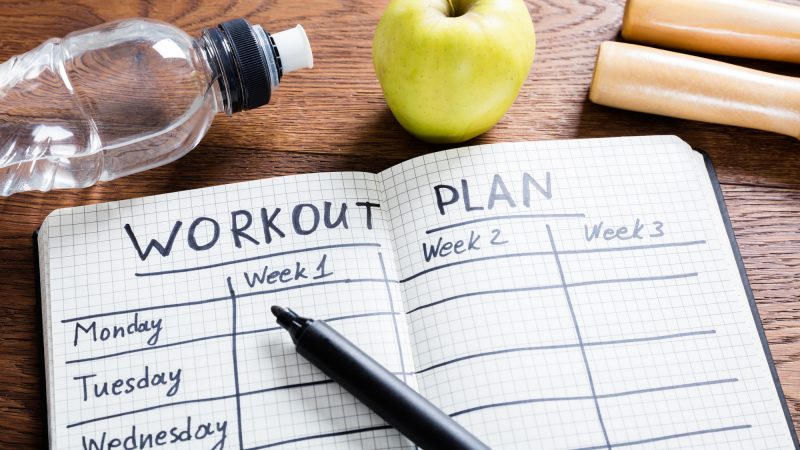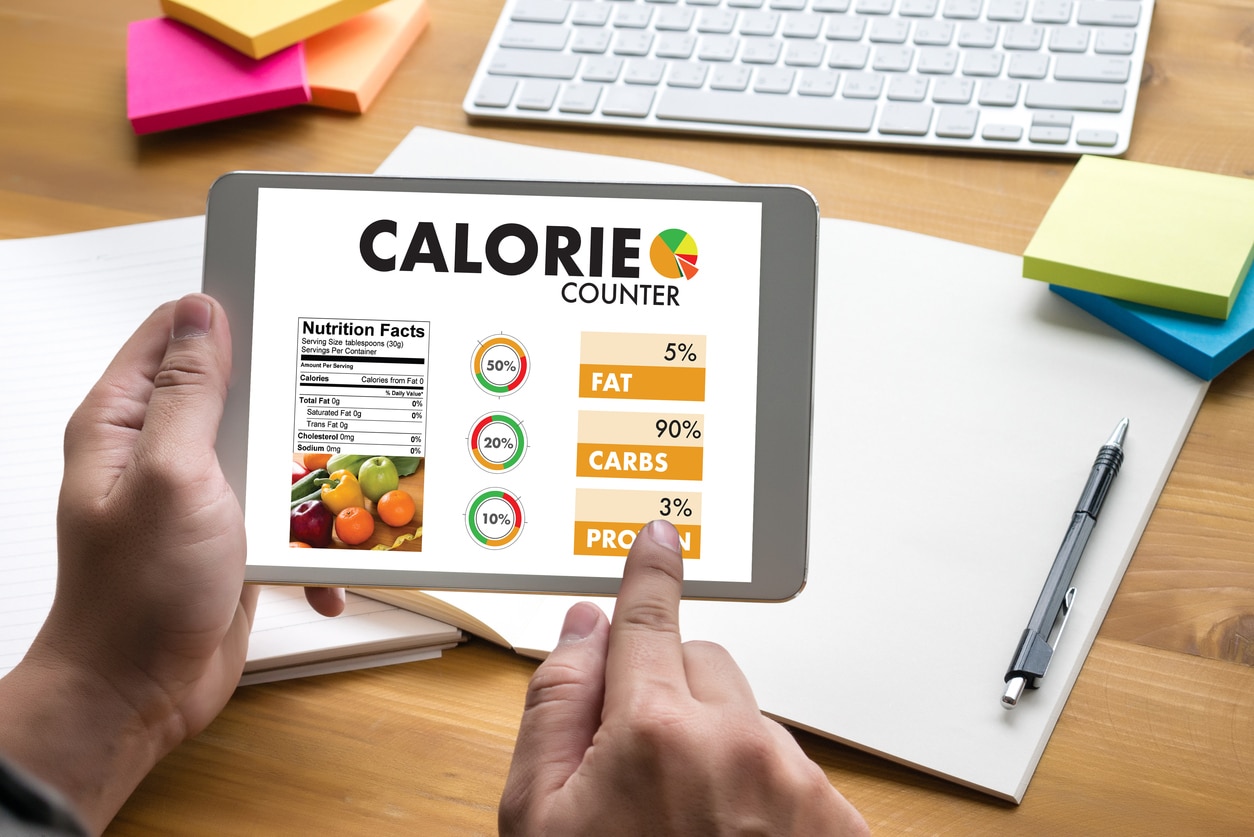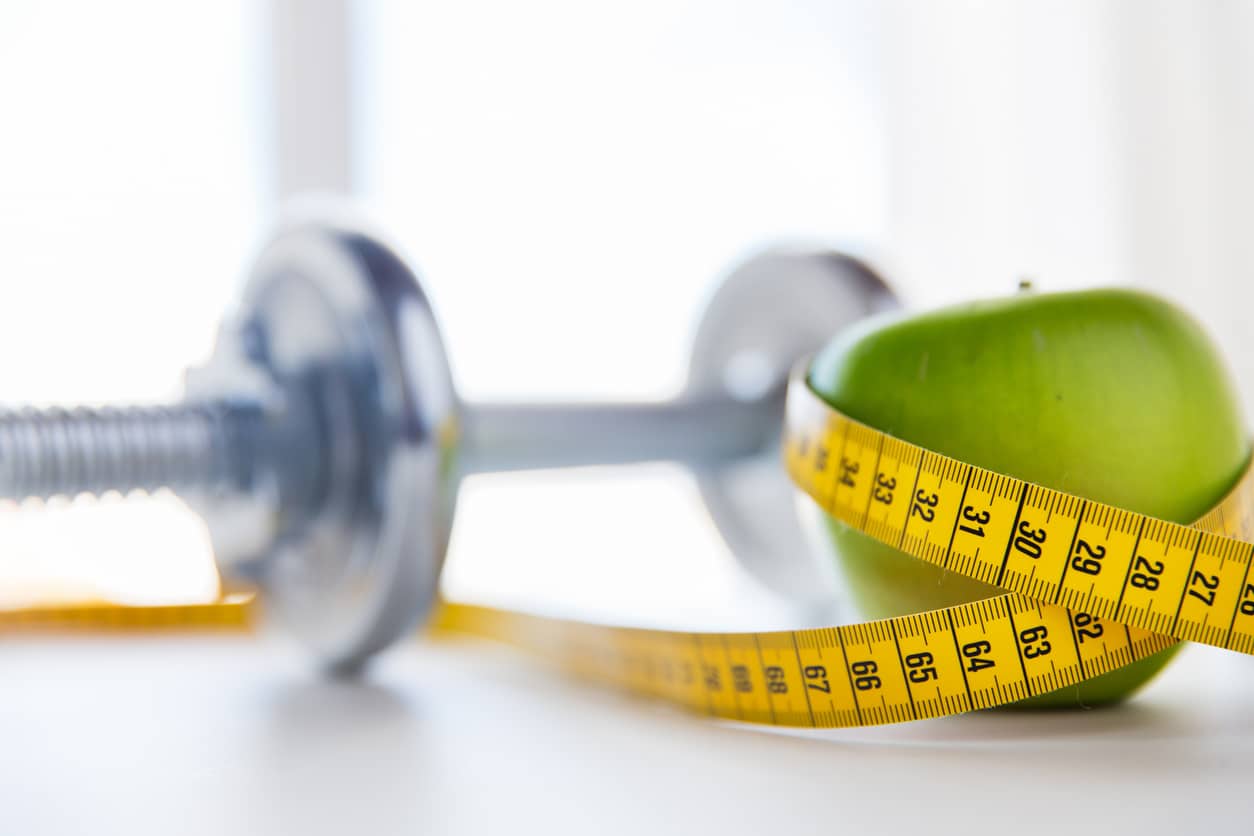A Crash Course In What To Eat For Your Body Type
A Crash Course In What To Eat For Your Body Type
Have you ever heard of diets based on the type of body you have? Here’s what to eat for your body type, and how to know if this works for you.
The term “different strokes for different folks” has never been truer than when it’s applied to diet and exercise plans.
We all have that one friend that never puts on a single pound no matter how many chocolate bars they wolf down. Then there are those unfortunates who cannot reach their goal weight no matter how much they exercise or how long they stick to their meal plans.
Turns out it hasn’t got much to do with the speed of your metabolism. Although in some ways, it has everything to do with it.
It’s not how fast your metabolism works, but how it works in relation to the type of body you’re born with.
Find a happy medium by learning how to exercise and what to eat for your body type. The results will amaze you.

What Body Type Are You?
Typically when we consider different body types we think of our general shape. This is especially true for women.
These shapes are usually referred to as ”apple” or android body type, and “pear” or gynoid body type. Less commonly, we may refer to ”hourglass”, and “ruler” body types. These are all pretty accurate descriptions of body shapes.
Yet, when it comes to eating for your body type, finding the right balance goes a little deeper than first impressions.
It has to do with metabolism, bone structure, and how your body reacts to exercise. Find out where you fit in when it comes to body types.
Endomorph
Endomorphs usually fall into the pear-shaped category. They battle to lose weight and keep it off thanks to a slow metabolic rate. When they do exercise, they gain muscle easily, but it’s never as bulky as they’d like.
If you have any of the following traits, you are probably an Endomorph:
- A rounded body shape
- Medium to large joints and bone structure
- Short limbs
- Small shoulders
Due to their sluggish metabolism, endomorphs fall asleep easily and can have bouts of unexplained fatigue.
Bottom line, endomorphs have the highest body fat percentage of all body types. They have to work much harder and follow a strict eating plan to get into shape.
The good news is that the rewards are so much greater when you do achieve your goals. A fit female endomorph is the pinnacle of feminine allure, with a toned, yet softly rounded physique.
Ectomorph
Most supermodels are ectomorphs. This highly fashionable body type is fragile and delicately built, with little fat or muscle.
While these may seem like attractive characteristics, ectomorphs have their own set of problems. Low muscle mass means that well-developed muscles are a pipe dream for most of these individuals.
Ladies tend to complain about being flat-chested and lacking in the curves of their endomorph counterparts. Men usually see themselves as too skinny and wiry.
These are the most common characteristics of endomorphs:
- Small joints and bone structure
- A skinny physique with low body fat
- Long arms and legs
- Small shoulders
- Little muscling
- A fast metabolism
- Hyperactive tendencies
Ectomorphs wage an ongoing battle that many of us would love to fight. They struggle to put on weight. Unfortunately, the same applies to muscle.
Mesomorph
Mesomorphs have the best of both worlds. They are naturally lean and build muscle easily. On the downside, their bodies can pile on the pounds of fat given the chance.
These are the main characteristics of mesomorphs:
- Lean and muscular body
- Natural strength
- Medium size bone structure and joints
- Efficient metabolism
- See results from exercise quickly
Female mesomorphs usually have a shapely, hourglass figure. Males tend to take a classic V-shape, with wide shoulders and narrow hips.
Working Out a Plan for You
People aren’t made according to factory specifications, so it’s totally possible to have characteristics from more than one body type. Figure out which description most applies to you when choosing an eating plan for your body type.
One of the easiest ways to avoid disappointment is to be realistic about how you want your body to look.
Achieving the super-ripped physique of professional bodybuilders may not be ideal for you. It’s important to realize that you can be fit and healthy without going to those extremes. You have a life to live outside of the gym.
Now that we’ve got that out of the way, scroll on down to see what you should eat for your body type if you want to get into top shape fast.

What to Eat for Your Body Type
It’s important to remember that there is no right or wrong body type. Everybody can benefit from eating the kind of foods that suit their body type.
Here are some pointers to help you get on the right track.
Eating Plan for Endomorphs
Endomorphs are usually insulin dominant which means their bodies store energy easily in the form of fat.
This doesn’t mean you’re doomed to a lifetime of being overweight. It simply means you have to eat foods that get your metabolism pumping and work out enough to prevent the fat from settling.
Endomorphs fare best on a diet that is high in fat and protein. The ideal ratio is 25% carbs, 35% protein, and 40% fat. It’s best to keep your carb intake to those times when you’ve already used up a whole lot of energy exercising.
These kinds of eating plans will ensure that your retain and build on the muscle you have while restricting the amount of energy that’s stored as fat.
Stick to ”good” carbs like whole grain bread, brown rice, amaranth, millet, corn, barley, potatoes, and quinoa. Vegetables are a great source of healthy carbs as well as vitamins and minerals.
Stick to healthy fats like avocado oil and olive oil.
Diet Tips for Ectomorphs
While ectomorphs can eat what they want without gaining much weight, a healthy diet is imperative to achieve a toned, healthy body.
If you are an ectomorph, you’ll need loads of nutritious calories to build muscle and replace spent energy efficiently. This means carbs – and plenty of them.
An ideal ectomorph eating plan should involve eating high carb foods throughout the day and upping your intake just before and after your workout. The magic formula is 50 percent carbs, 25 percent protein, and 25 percent fat.
Breakfast is the main meal of the day for ectomorphs and should be heavy on the complex carbohydrates and protein. Try to fit in another 7 or 8 meals spread throughout the day.
Focus on consuming vegetable and fruits at every meal and add starchy carbs like potatoes every second meal. Whole grain, unprocessed foods are always best for optimum health and vitality.
Whey protein and high-calorie shakes can help to boost your weight gain and a cheat meal every so often won’t harm your progress when you’re an ectomorph. You are free to tuck into a cheeseburger, as long as you don’t make a habit of it.
Mesomorph Meal Ideals
Mesomorphs fall somewhere in the middle of the other two body types and usually thrive on a balanced ratio of carbs to proteins and fats. The best way to split these is often 40% carbohydrate, 30% fat and 30% protein.
Because of their propensity to put on weight, mesomorphs fare better when they stick to low -fat proteins and complex carbohydrates.
Greek yogurt, eggs, poultry, and seafood are good sources of protein, while green vegetables, whole grain foods, and low-sugar fruits are excellent for carbs. High-fiber foods will reduce sugar cravings and help you to feel full for longer.
Try to cram most of your carbs into your breakfast meal, as well as before and after exercise. Vegetables, lean proteins, nuts, seeds, and fruit are the best options for meals in between these times.
This means you’d try eating some higher carb or starchy carb foods in the morning, as well as during/post exercise. The rest of your meals should contain fewer carbs and more fats and protein.
If you feel that you need a little extra kick during an intense workout, you can indulge in an energy drink to give you a boost.

Work Out Tips for Your Body Type
On its own, eating the correct diet will do a lot for your appearance and self-esteem as well as help you to slim down.
However, diet alone won’t give you the body you want. Exercise is imperative to get into the best shape you can.
Best Exercises for Endomorphs
Endomorphs seldom have trouble bulking up, the problem is that often this bulk takes the form of fat and not muscle.
While regular weight training will work wonders to build up muscle, you need the fat burning benefits of cardio too. The magic formula for endomorphs is often 4 days of weight training per week, making sure to include a cardio session each time.
When you’re just starting out, it’s perfectly okay to stick to low impact exercise as long as it gets your heart pumping. Ideally, you should choose an activity that checks the following boxes:
- can continue for at least 20 minutes
- uses the large muscles like legs and back
- involves continuous, rhythmic movement
As your muscle mass increases, your metabolism will follow suit. It’s perfectly normal to go through cycles of change as you progress. As things become too easy or no longer interest you, adapt and move on.
Winning Workouts for Ectomorphs
Fortunately, with low body fat, it’s easier to achieve well-defined muscles even with small gains when you’re an ectomorph.
If you want to bulk up you are going to need to go hard, and you’re going to need to do it often. Heavy weights and low reps are the way to go.
Compound multi-joint lifts work well for this body type. These include:
- bench press
- back and front squats
- stiff-leg deadlifts
- pull-ups
- barbell overhead presses
There’s no such thing as ”leg-day” when you’re an ectomorph. Try to incorporate as many muscle groups as you can into every workout.
While cardio is good for your overall health, too much can turn your body into a fat-burning wasteland. A quick spin on the bicycle or a brisk walk should do the trick.
BasicTraining for Mesomorphs
When you’re a mesomorph almost anything goes, and you can really enjoy yourself at the gym.
Resistance exercises using your body weight will help to tone, firm and shape your body while burning fat at the same time. Think yoga, calisthenics, and gymnastics.
As a mesomorph, your frame can carry a lot of muscular bulk but that’s often difficult to achieve. There’s a good chance you won’t be able to lift the heavy weights needed to bulk up at first.
In the beginning, using your body weight is an effective way to improve your strength in preparation for these big lifts.
When you’re ready, you can progress to moderate repetitions with moderate weights. About 3 weight training sessions a week should do the trick, consisting of 8 to 12 reps focussing on individual muscle groups.
Staying Motivated
Getting yourself to the gym regularly can be trying. Here are a few tips to help you make every workout enjoyable and productive.
Sticking to a strict regime on your own is never easy. Enlisting the help of a personal trainer will help you to see results quicker and stay on top of your game.
When you sign up for the 21 Day Body Transformation Challenge, we will match you with a personal challenge coach. They’ll guide you on what to eat for your body type and how to get the best results from your workouts.
Our 21 Day Body Transformation Challenge combines diet and exercise to transform your look. If you want to turn heads for the right reasons, find out more here.














Recent Comments